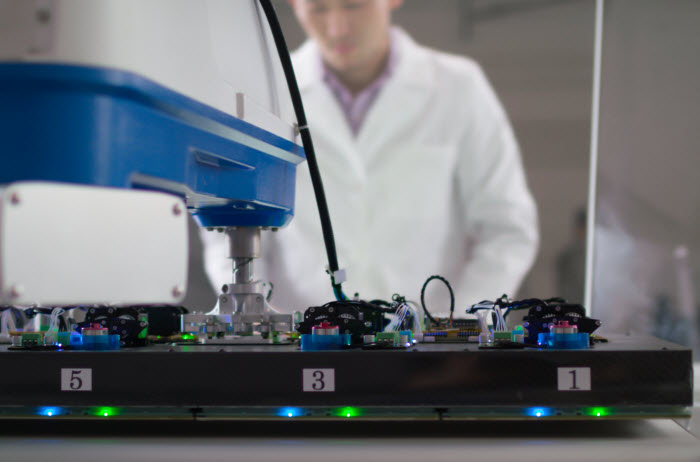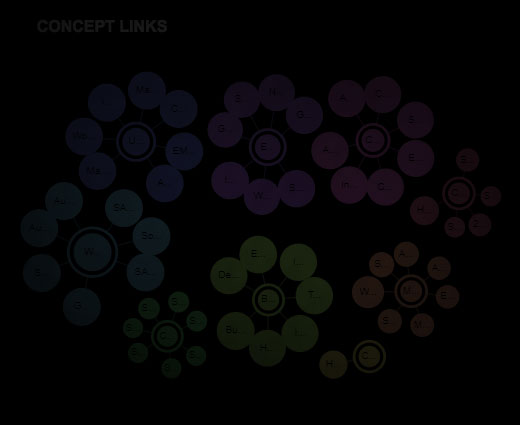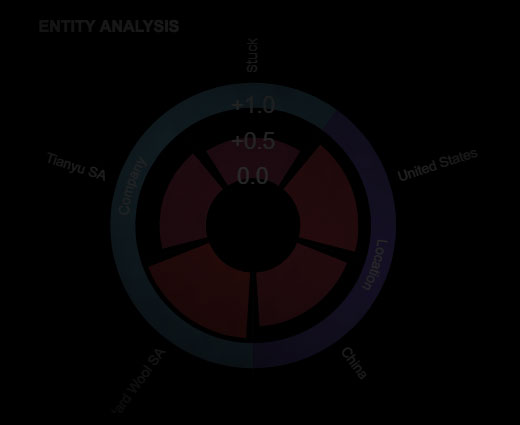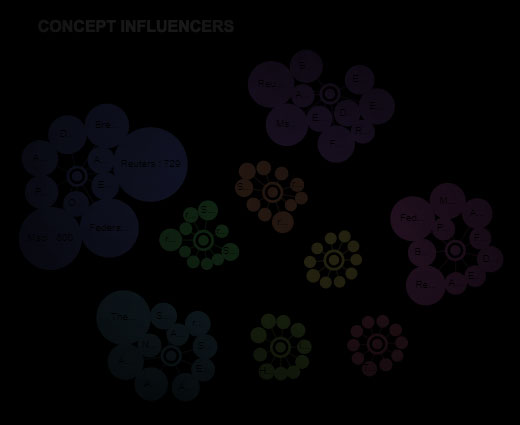Nike-backed robotics start-up Grabit has invested heavily in devising Stackit, a new material handling solution, which is claimed to speed up the assembly of Nike trainers to become 20 times faster than a human worker.
 Grabit improves material handling through enhanced robotics technology
Grabit improves material handling through enhanced robotics technology
Hatched in the heart of Silicon Valley, in Sunnyvale, California, Grabit is harnessing static electricity, machine learning and automation from Toshiba Machine partner, TM Robotics. Known as electroadhesion, Grabit states that its technology allows robots to handle materials in a revolutionary way.
The concept of electroadhesion was invented by non-profit organisation SRI International, by Grabit’s co-founder and chief technology and products officer, Dr Harsha Prahlad. The process uses a flat pad of electrodes to generate positive and negative charges on the surface. When charged correctly, the electrodes create an electric field that adheres to nearly any surface, allowing the robot gripper to pick up the part that is being handled.
Material handling is one of the most labour-intensive and expensive aspects of manufacturing, and when dealing with an array of different materials, the process is challenging to automate, according to experts. Assembling a pair of trainers can require up to 40 pieces of material to be stacked and heated to create the upper. For a human worker, arranging the pieces of material can take up to 20 minutes. However, Grabit claims its technology allows a machine to do this in as little as 50 seconds.
Grabit’s material handling invention does not mimic the human grabbing motion present in many robots. Instead, the start-up harnesses static electricity — referred to as electroadhesion — to handle materials in a way no robot has before.
Grabit now holds 36 separate patents related to electroadhesion and the total number of patents issued, pending, granted and applied for is 75. However, upon identifying that materials handling was responsible for 60-80% of labour in manufacturing, Prahlad decided this should be the first application in which he applied the technology.
Following Grabit’s inception in 2013, Nike invested in the company and later became one of the first customers to buy its materials handling robot system, Stackit. Using Stackit, Nike can manufacture 600 pairs of shoes in just one eight-hour shift, according to the two parties.
Work began on Stackit in the summer of 2015, and Grabit has since had to manoeuvre several hurdles – the biggest of which was deciding on the appropriate robot in which to mount the electroadhesive gripper.
“Choosing the wrong robot could have had a detrimental effect on the entire design of the system,” says Greg Miller, president and CEO of Grabit. “Two members of our team already had extensive experience in robot design, and both had been involved in the development of several SCARA robots. This prior understanding of industrial robots enabled us to fine tune our requirements before approaching any manufacturers.”
After selecting a handful of potential robot manufacturers, Grabit planned an extensive test and selection procedure to examine the potential of each one.
“The process looked at several factors,” says Prahlad. “Because of the vast applications for Stackit, we needed a robot with a large reach, that would not lose the high levels of precision needed for exacting material handling applications, such as the shoes from Nike. What’s more, because Grabit’s electroadhesion gripper is so large, the robot needed to be able to withstand a big moment of inertia and offer the ability to rotate accurately.
Prahlad continues: “Meeting Stackit’s ‘20 times faster’ productivity goals rely heavily on the inertia of the gripper and ensuring that the settling time of the robot remained accurate. But the robot also needs to move fast enough to provide customers with the cycle times we wanted. It became plainly obvious that there was no standard robot that could meet every one of our requirements.”
And, because of low labour costs in many manufacturing countries in the East, Grabit was under pressure to find a cost-effective robot to make the product a viable option for clients. This was the moment Grabit’s partnership with TM Robotics, Toshiba Machine’s American and European distributor, began to blossom, according to Miller.
He says: “As a start-up, we needed a robot provider that could support us through the entire process, not simply sell us the product and leave. Despite being an official partner for Toshiba Machine, TM Robotics could also provide the careful and attentive sales, service and support of a much smaller company.”
What made Grabit’s requirements rare is that it did not require complex motion, unlike many robotic devices used in manufacturing.
Instead, the company sought to use its own control system and therefore needed deep access to low level internal control code – and the control package needed to be small enough to fit into a tight space within the design. This highlights the high investment required by companies to embrace Industry 4.0 within the textile industry and, while deterring many, analysts insist that quick ROI should be a motivating factor for businesses.
Initially, despite several modifications, the machine didn’t meet target times and required the assistance of Toshiba Machine’s chief engineer from Japan to visit Grabit HQ in California.
“TM Robotics’ support and customisation process was not limited to phone calls and e-mails,” says Prahlad. “Working in collaboration with Grabit’s knowledgeable robot engineers, they were able to talk to us in a language our technical team understands and allowed us to fine tune the machine to our exact requirements — not many robot companies allow for that level of personalisation.”
Grabit worked alongside the TM Robotics team until it reached a point where the robot was ready to be used in a manufacturing facility. In the Stackit application, Grabit used the THL1000 SCARA robot from TM – a horizontal multi-joint machine with four controlled axes. With a 1,000mm arm length, the THL1000 has the largest reach of the THL robot range. The allowable moment of inertia is just 0.2kg/sqm and by using absolute encoders, the robot’s repeatability in X-Y is 0.01mm.
As standard, the robot offers a maximum payload of 10kg against a total mass of 37kg, according to TM. With a tested load of 2kg, the company also claims that the machine can achieve a cycle time of just 0.48 seconds. However, due to the specific load requirements for Stackit, Grabit’s customised version was created using a different ratio of gears, causing an enhancement in payload capability. This improvement, combined with the repeatability of the machine, ensured it was able to deliver the requirements for Grabit’s gripper.
Automation trade shows and magazines are full of humanoid robots with hand-like grippers, designed to automate jobs that humans have been doing for years – a concerning fact for many who believe automation will replace existing jobs leading to higher unemployment. However, some experts counter this by referring to the growing skills shortage within manufacturing industries. Automation could become a viable means to combat this issue in the future.
Nevertheless, until the introduction of electroadhesion, manufacturers have been unable to automate the task of fine materials handling. Grabit’s electroadhesive gripper introduces this technology to the industry, stacking materials such as leathers, meshes and composite fibres without a hitch.
“Grabit’s electroadhesion technology was not only impressive, but also innovative enough that we were keen to get involved,” says Nigel Smith, CEO of TM Robotics. “Grabit’s experts knew exactly what they needed, and our close collaboration led to an insightful process of experimenting and fine tuning the capabilities of our existing Toshiba Machine robots.”
The number of industrial robots deployed worldwide is set to increase to around 2.6 million by 2019. That’s around one million more robots than 2015, which was a record-breaking year for robotics. Grabit’s deployment of electroadhesion increases the time-saving and resource-saving potential of these units and its unprecedented flexibility opens doors to entirely new possibilities in automation, according to Grabit.
With this latest innovation in robotics and automation, 2018 is expected to be a strong year for the technology which has been tipped to be the future of manufacturing boosted by the onset of Industry 4.0. Stackit also lays claim to the idea that even traditional industries, in this case textile manufacturing, can benefit from Industry 4.0.
Have your say. Tweet and follow us @JLink_WTiN and @WTiNcomment
RELATED ARTICLES
-
CITI leads delegation to ITMA Asia + CITME 2025
- Abigail Turner
- WTiN
-
Reimagining flat knitting solutions at ITMA Asia
- Madelaine Thomas
- WTiN
-
Italian show of force in Singapore
- Madelaine Thomas
- WTiN








